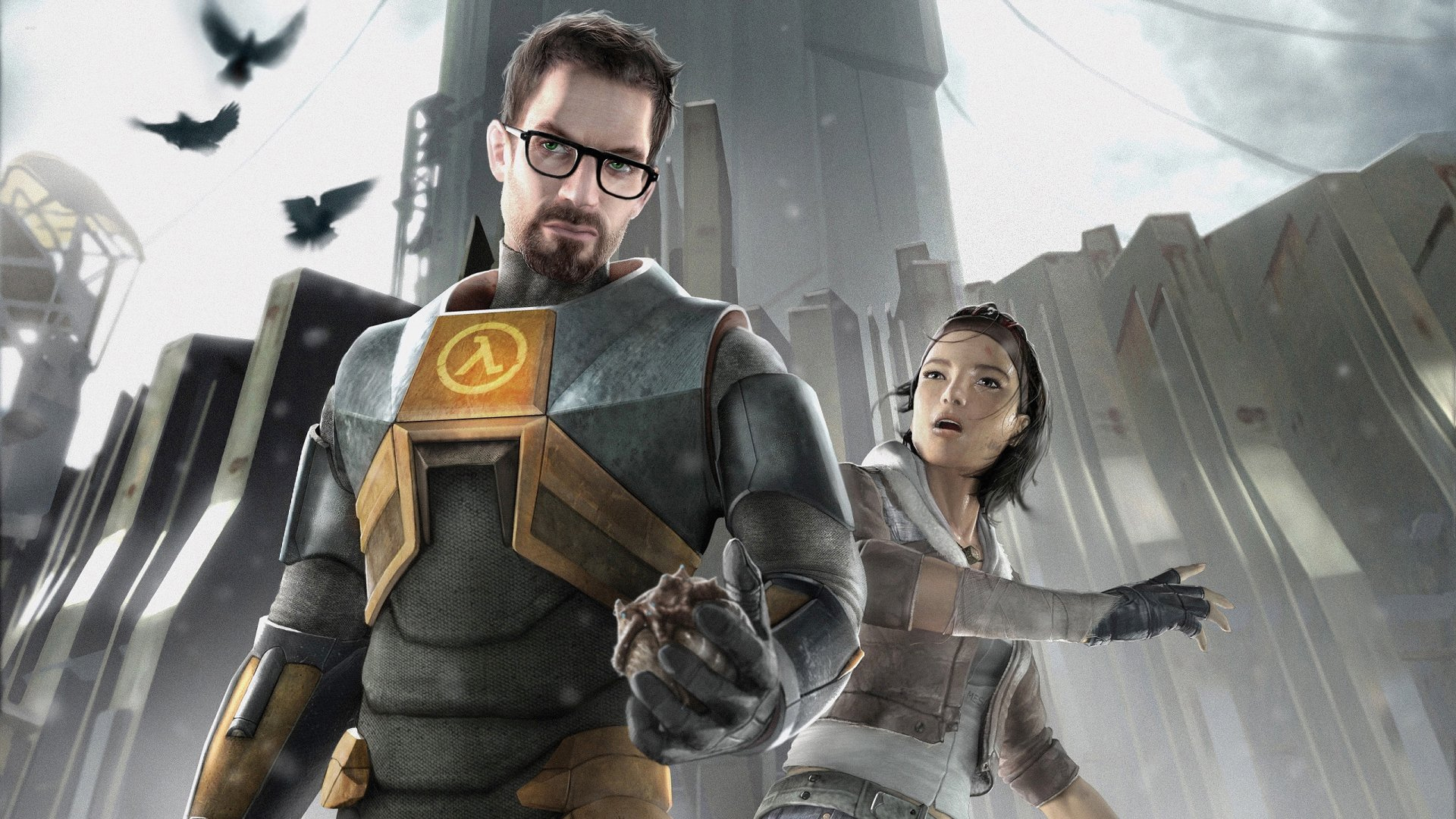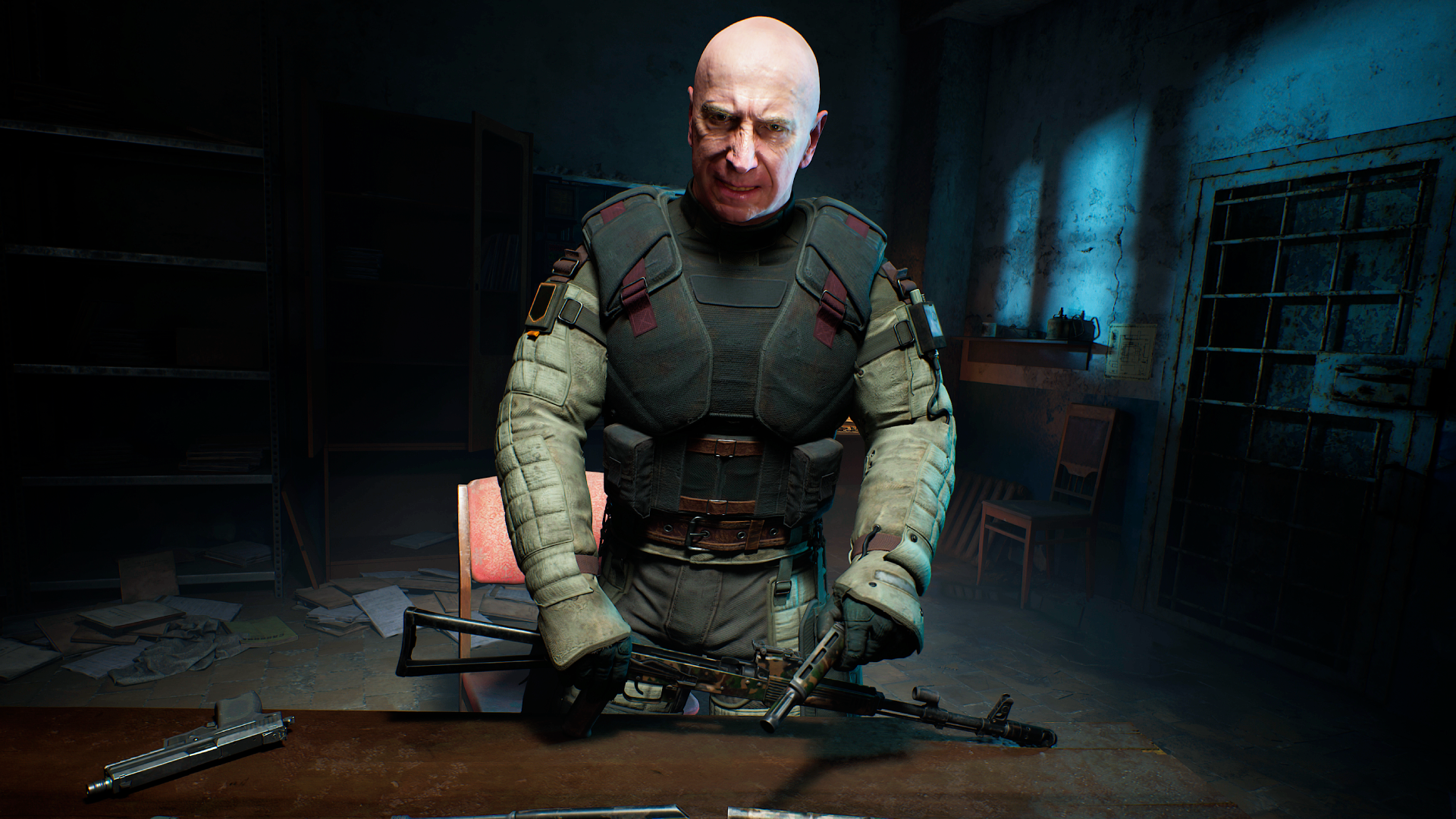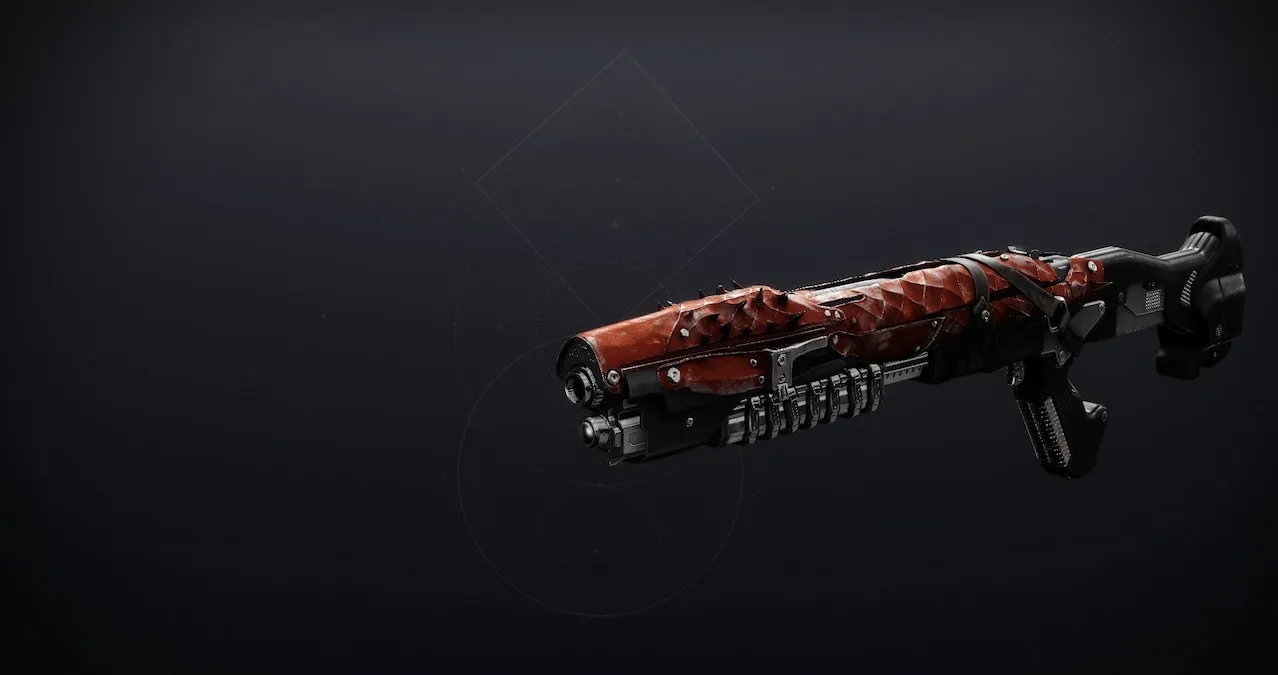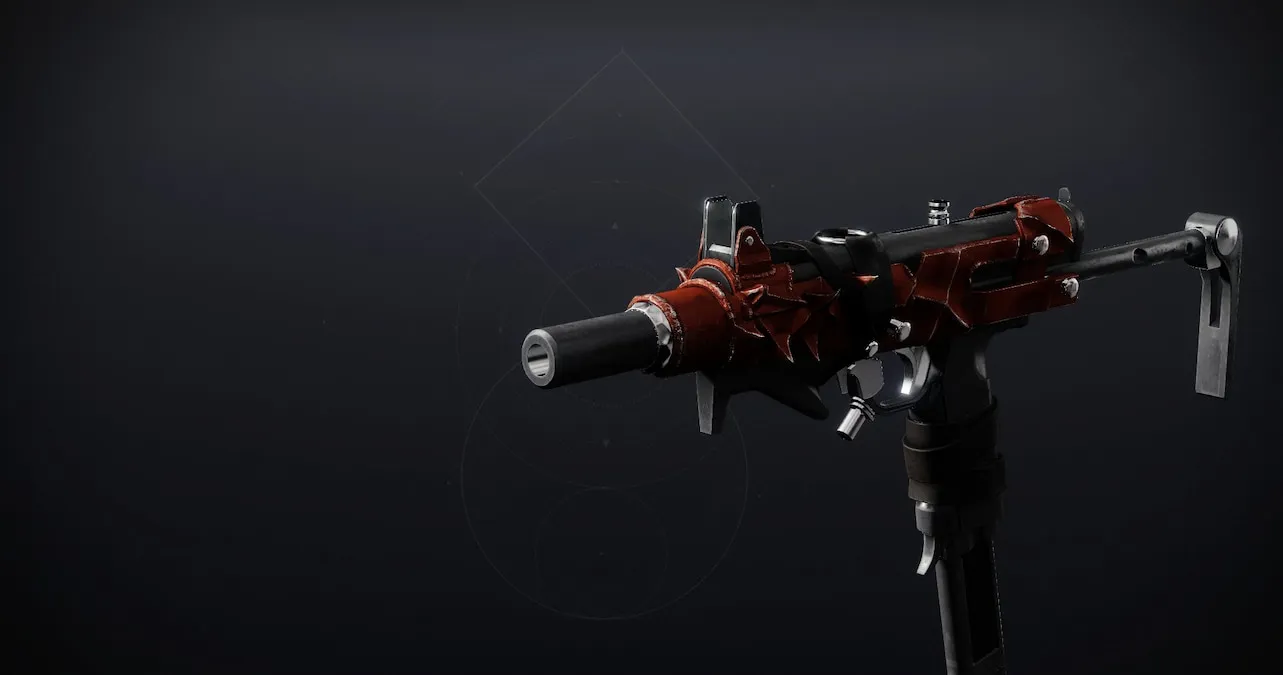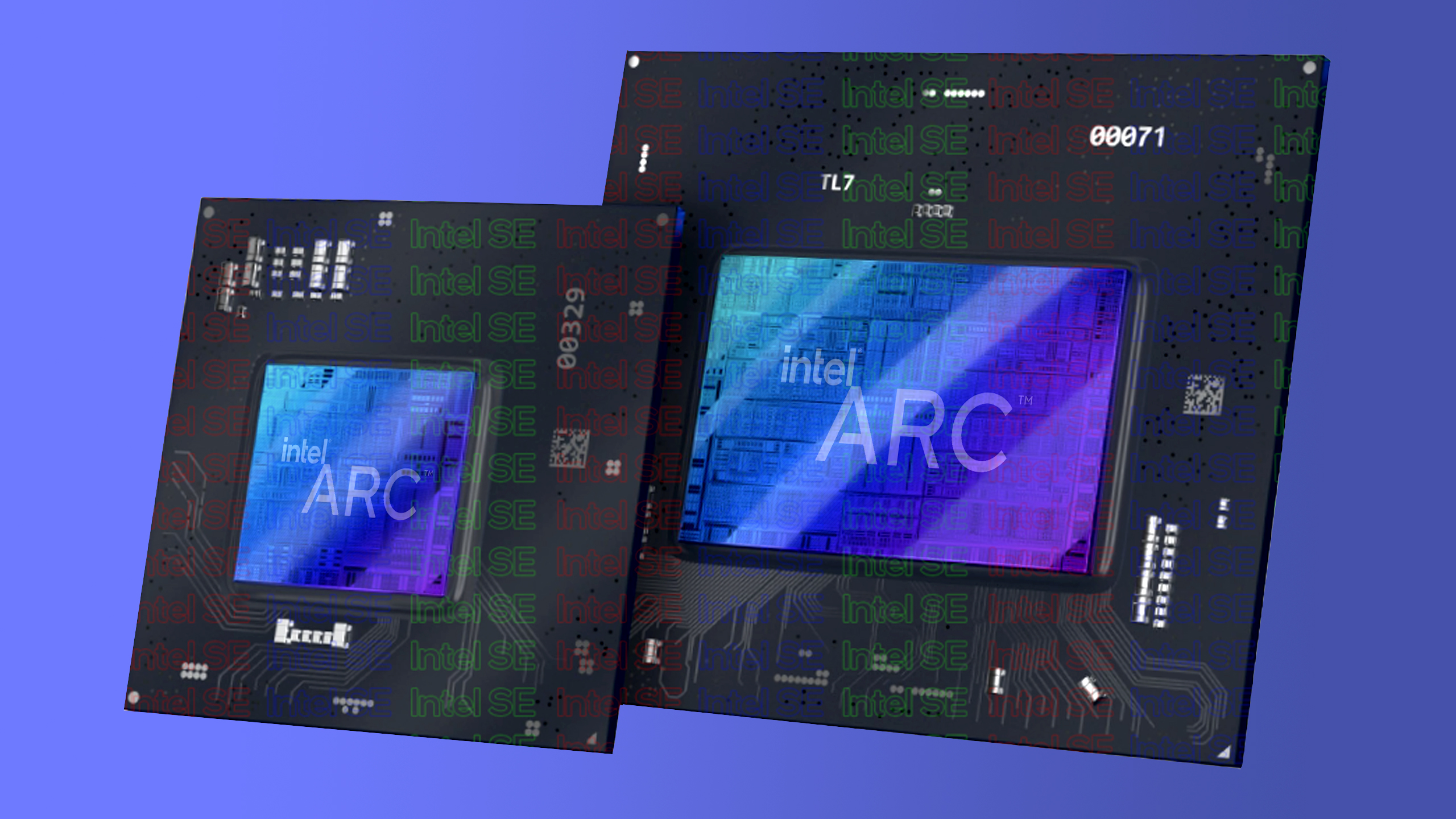
It'll keep Nvidia and AMD honest.
So, you’re in the market for a new graphics card. Yay! You’ve headed over to your favorite retailer’s website and looked at the options. Damn! They’re expensive! Apart from voting with your wallet or purse, what can be done about it? Nvidia and AMD aren’t charities. Their prices are high because they can get away with it. In the corporate world, altruism doesn’t extend far beyond the coffers of shareholders.
Screw paying $2,000/£2,000/AU$3,500 for a high-end graphics card. Admittedly, there are supply and demand factors at work contributing to those high prices. There’s the RTX 4090 ban in China for starters, and Nvidia’s shifted focus towards high margin AI and enterprise products over low margin consumer ones. It’s hard to see that changing anytime soon.
The best hope for a reset of the gaming graphics card market is if Intel’s second-generation Battlemage architecture is a roaring success. Even if you never buy an Arc card, a competitive Intel will benefit all gamers.
But before I get to that, I’d like to go back in time, to a time when we had an exciting 3D graphics card market and PC gaming was taking big strides forward.
Even if you never buy an Arc card, a competitive Intel will benefit all gamers.
By the mid-1990’s, companies like 3dfx, S3, Nvidia and ATI were making forays into the emerging 3D graphics card market. Healthy competition fostered rapid advancements in technology and performance. Companies had to be price competitive if they were to stand any chance. In those days, inter-generational performance improvements could hit 100%. Sadly, 3dfx and S3 among others fell by the wayside, either going bankrupt or being absorbed by other companies. ATI itself was later gobbled up by AMD in 2006.
(Image credit: Future)
Best CPU for gaming: The top chips from Intel and AMD.
Best gaming motherboard: The right boards.
Best graphics card: Your perfect pixel-pusher awaits.
Best SSD for gaming: Get into the game ahead of the rest.
Things are very different now. GPUs are now unimaginably complex general-purpose processors. Development and manufacturing costs are so much higher, game code is orders of magnitude more complex, and developer team counts have gone from the single digits into the thousands in some cases. But if there’s one thing that’s always remained, it’s that healthy competition fosters innovation, price competitiveness and importantly, a bug crushing and mature end-user experience. Without a polished driver, the rest doesn’t mean much.
That brings me back to the present, and Intel’s Arc range of gaming graphics cards. Arc drivers are something Intel has yet to fully get on top of. At the time of its launch, Arc drivers suffered from a lack of optimization and various bugs and glitches. They’ve come a long way though, and over a year since the launch, XeSS is promising, its ray tracing performance is pretty good and Arc cards are capable of holding their own against its Nvidia and AMD mid-range competitors, especially on price.
(Image credit: Future)
It’s no easy thing to develop a modern gaming graphics card driver, even for a company with the resources of Intel. Now that it’s got years of pre and post-release driver development under its belt, I am very hopeful that its next generation Battlemage cards will be able to hold their own against its competitors. Actually, I hope Battlemage is something special.
I’d love to see Nvidia and AMD get a kick up the arse. Not for any nefarious reason, but because it’ll force them to do more to fight for market share and be more competitive on price. One of the first things I learned all those years ago in my economics classes is that competition is beneficial for the consumer. Monopolies and duopolies are not. I hope Battlemage will change that.
Battlemage is expected to launch some time in 2024. After the development of its first-generation Alchemist family, Intel has surely identified many of Alchemist’s architectural bottlenecks, and to put it simply, the low hanging fruit it can pick to deliver a big step forward.
Intel has surely identified many of Alchemist’s architectural bottlenecks
It would take something really special to be competitive with AMD’s, and particularly Nvidia’s high end offerings, but aside from the positive attention and ‘gaming crown’ headlines that a halo product brings, the high end is actually not that relevant to the overall gaming market. Most buyers will never even consider a high-end card, and they make up a low percentage of overall sales. It’s the RTX 4060s and RX 7600s of the world that generate volume sales, though their profit margins are not as big.
If a high-end Battlemage card can produce RTX 4080 or RX 7900 XT levels of performance (reliably), Intel will have just about everything it needs to be considered a major player in the graphics card space. But do remember, Battlemage will have RTX 50 and RX 8000-series cards to contend with later in 2024.
Performance aside, Battlemage’s price competitiveness and driver maturity will determine its success or failure. Battlemage cards that are competitive at different price points will force Nvidia and AMD to sit up and take notice.
(Image credit: Future)
Nvidia copped criticism for repositioning its GPUs one tier higher than they were last generation. Its entry-mid range AD107 GPU—a GPU that historically would be built into the RTX 4050—is found in the RTX 4060. It did that because it’s a small and cheap GPU with acceptable levels of performance. The fact that it has 8GB of VRAM with a 128-bit bus is not exactly thrilling either. The result is the RTX 4060 delivers enough to beat the RTX 3060 with a higher profit margin than Nvidia would get if the faster AD106 was used instead. A competitive Battlemage card would force Nvidia to do better with its next generation mid-range offerings and/or lower its prices. So, even if you don’t buy a Battlemage card, it will hopefully mean your next GPU purchase performs better at a lower price than it would in the absence of Battlemage. That’s as good a reason as any for all gamers to root for Battlemage’s success.
we need a competitive GPU market. Without it, customers pay more and innovation slows.
Let’s go back in time again. In 2008, Nvidia’s GTX 280 and GTX 260 launched at $649 and $399 respectively. A week or so later, AMD launched the $299 HD 4870. The 4870 performed better than expected, and it forced Nvidia to react with price drops from $649 to $499 for the GTX 280 and $399 to $299 for the GTX 260. That’s what healthy competition does, and that’s what we should all be hoping to see a repeat of in the future.
I’m not trying to single out Nvidia here. AMD’s follow up HD 5870 jumped to $399. The last two decades are littered with Nvidia, AMD and Intel setting high prices on products that outperform their competitors. Intel charged more than it needed to for its years of quad core refreshes when AMD was out in the wilderness. It’s why we need a competitive GPU market. Without it, customers pay more and innovation slows.
A machine takes dies from a wafer for before it moves onto sorting, testing and assembly. (Image credit: Intel)
Finally, a word on vendor loyalty. For me, a PC component purchase comes down to performance and efficiency, value for money, features and specifications and general driver or BIOS maturity. Aesthetics are further back, and brand or vendor is further back again. I’ve purchased products from Intel, Nvidia and AMD as well as Asus, Gigabyte, MSI and Asrock. If Intel’s next generation of GPUs meets my criteria, then sign me up. I couldn’t give a stuff about owning team green, red, or blue.
Even if you are a diehard Nvidia or AMD fan, you should be rooting for Battlemage. A competitive Intel means Nvidia and AMD cannot just set whatever prices they like. No one wants to see a future Nvidia RTX 5090 hit the market at $2,499, but if Battlemage and RDNA 4 are competitive, you’ll get the exact same card, but for less money than would be the case without the extra competition. Everyone should be hoping Battlemage is a success, whether you buy one or not.
